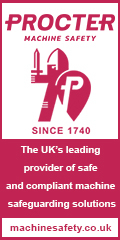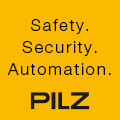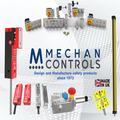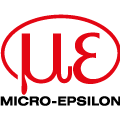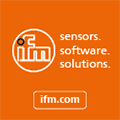
Posted to News on 31st May 2016, 18:10
Selecting the best additive manufacturing machines and materials
Granta Design and Senvol have announced that the Senvol Database, which is a comprehensive database of Additive Manufacturing (AM) materials and machines, will be available within Granta's materials software tools GRANTA MI and CES Selector. Development teams will therefore be better able to find valuable AM data and to identify the best machines and materials for their additive manufacturing projects.
There are now hundreds of industrial AM (also known as 3D printing) machines and compatible materials; new products are coming to market weekly. In this fast-evolving landscape, picking the best options for a manufacturing or research project is a tough call, and a wrong direction can be costly. The Senvol Database provides details of over 550 machines and over 700 materials. Within the Granta software, users can search and compare materials based on properties, type or compatible machines. They can identify and compare AM machines based on supported processes, manufacturer, required part size, cost or compatible materials (and their properties). It is now easier to find new ideas when researching AM options and to focus in on the most productive routes for a project.

GRANTA MI enables companies to create a single, easily-accessible 'gold source' for all corporate materials data - both proprietary intellectual property (IP) and data from trusted reference sources. The GRANTA MI:Additive Manufacturing package provides best-practice data structures and tools to manage AM data, capturing valuable IP for re-use, avoiding wasted effort, and building the knowledge base required to understand and improve AM processes. Integration within this system makes the Senvol Database instantly accessible and searchable for scientists and engineers through the same web browser interface that they use for routine access to their proprietary AM data and their company's wider materials and process information.
CES Selector software is an easy-to-use PC tool for plotting, comparison, and materials selection using materials data. Now its powerful charting tools can analyse and present data from the Senvol Database - for example, quickly generating a plot to compare the properties of all Ti6Al4V materials that are compatible with a specific machine. CES Selector systematic selection features can filter machine and material options based on their properties and help users to assess trade-offs in order to identify candidate machines and materials for a particular application.
Within both Granta products, the Senvol Database becomes part of a comprehensive, integrated library of materials data covering metals, composites, plastics, ceramics and more.
Dr Patrick Coulter, Chief Operating Officer at Granta Design, comments: "We are pleased to be working with Senvol to further extend Granta's solution for Additive Manufacturing. The Senvol Database provides us with the best available additive manufacturing reference information, which both adds to our solution in this area and reinforces Granta's strategy to provide the best single source of materials data across the broad range of engineering applications."
Senvol President Zach Simkin adds: "We are extremely excited to announce this partnership with Granta. Granta is one of the clear leaders in materials information technology, and through their platform, for the first time ever, engineers will have the ability to compare additive manufacturing data against conventional manufacturing data."
Because the Senvol database comprises data from manufacturers' published specifications for machines and materials, users are reliant on the available data unless they choose to run their own tests and add the measured values to the database. For example, published AM material data is typically restricted to material properties at room temperature, which may disappoint users who require parts to perform at either high or low temperatures. Furthermore, AM processes often produce bulk material whose properties are not uniform in the X, Y and Z directions; the Senvol database only contains material properties for the three different build directions if it has been published by the material manufacturer. Nevertheless, despite these limitations, the Senvol database of AM machines and materials, when used within the Granta Software tools, will prove very useful for companies producing prototypes and production parts.
Follow the link for more information about Granta for additive manufacturing.
Want the latest machine building news straight to your inbox? Become a MachineBuilding member for free today >>



